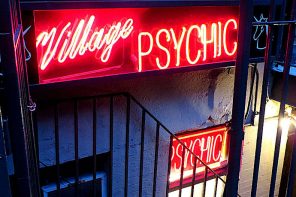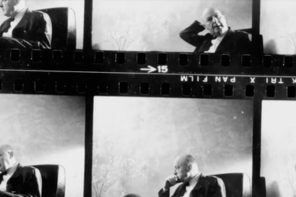If you’re looking for a sure bet, here’s one: until this fall, the vast majority of US Catholics had never heard of Archbishop John Hughes. Then, in September, the Archbishop of New York, Timothy Dolan published an article, “The Catholic Schools We Need,” in the national Catholic weekly, America. In it he highlights the signal role Hughes, his predecessor as archbishop of New York, played in the establishment of the Catholic school system in America.
Hughes first “struggled to rid the New York public schools in the 1840s of their anti-Catholic bias,” but then went on to found an independent Catholic school system to preserve the faith of future Catholics. Dolan acknowledges in his article that a number of other Catholic bishops shared this conviction, but he focuses on Hughes—“famously known as ‘Dagger John’ for his fearsome wit and readiness to fight for Catholic rights”—because of the striking similarity between Hughes’ time and our own.
But Dolan’s article was only a warm-up. In October, Hughes starred in the only extended segment on Catholics in the PBS docudrama, God in America. The series explores the development of religious freedom in the United States from 16th-century Spanish Franciscan missionaries to the present day. Hughes, we learn, is a hero of religious freedom because, as bishop of New York, he saved most of the city’s 12,000 Catholic children from a life on the streets by forcing the state legislature to stop the mandatory reading of the Protestant King James Bible in the “common schools.” By doing this, according to God in America, Hughes helped make religious freedom a founding principle of American national identity.
I must confess that part of me would like to just go along with this story. As a fellow Brooklyn Catholic put it, it’s a welcome change to have a Catholic bishop portrayed as something other than a sex-abuse enabler. And, as historian Philip Jenkins observes, contemporary US anti-Catholicism is fueled by liberal Catholics like me saying things about their church that Protestants haven’t said since Vatican II. Nevertheless, if we’re going to resurrect “Dagger John,” there are a few little details that need to be acknowledged.
The first thing you might wonder is why, given Hughes’ success at winning religious freedom in the public schools, he went on to found the US Catholic school system. The short answer is that his battle for “religious freedom” in the public schools was a strategy; the archbishop wanted a separate Catholic school system all along, and his fight against the King James Bible was part of an unsuccessful attempt to get the city to fund such a system. Catholic participation in a new “secular” school system was never part of Hughes’s plan, and on this, he was probably correct. As scholar of American religion Tracy Fessenden has demonstrated, even after the King James Bible was excluded from the curriculum, “non-sectarian” textbooks and morals education in public schools would for decades be strikingly “pan-Protestant,” geared to rooting out “sectarian” immigrant religious identity.
But even if Hughes was dedicated to American religious freedom, he certainly wasn’t dedicated to the freedom of Catholics within the church. Prior to his battle over the schools, Hughes spearheaded the destruction of the trustee system in Catholic parishes, a system that had since 1780 afforded the laity direct input into church governance.
And as for Hughes’ dedication to poor Catholic children, it depends entirely on which ones you’re talking about. A majority of the Catholic children in New York in 1842 were not in school because they had to work to help feed and house their immigrant families, a situation that only worsened with the arrival of 650,000 Famine Irish between 1845 and 1852. The establishment of a Catholic school system primarily served the emerging Catholic middle class. Furthermore, in order to secure near-free labor for his schools, the archbishop forced the Sisters of Charity to shift the majority of their members into staffing them instead of engaging in more direct service to the poor, their historic mission.
But why bring this up now? Isn’t it mean-spirited to bring up details about things that happened long ago? Not exactly. Not long after his article in America, Archbishop Dolan sent out letters to more than 30 Catholic schools in the New York archdiocese announcing their closing with little advance warning. The parishes involved were given three weeks to propose an alternative plan. In addition, Dolan’s America article highlighting the leadership of American Catholic bishops in the Catholic schools not only doesn’t mention the Sisters of Charity; the words “Catholic Sisters” never appear at all, though without the near-free labor of hundreds of thousands of them, there simply would never have been Catholic schools. Our times are more similar to the times of “Dagger John” than Archbishop Dolan perhaps realizes.




